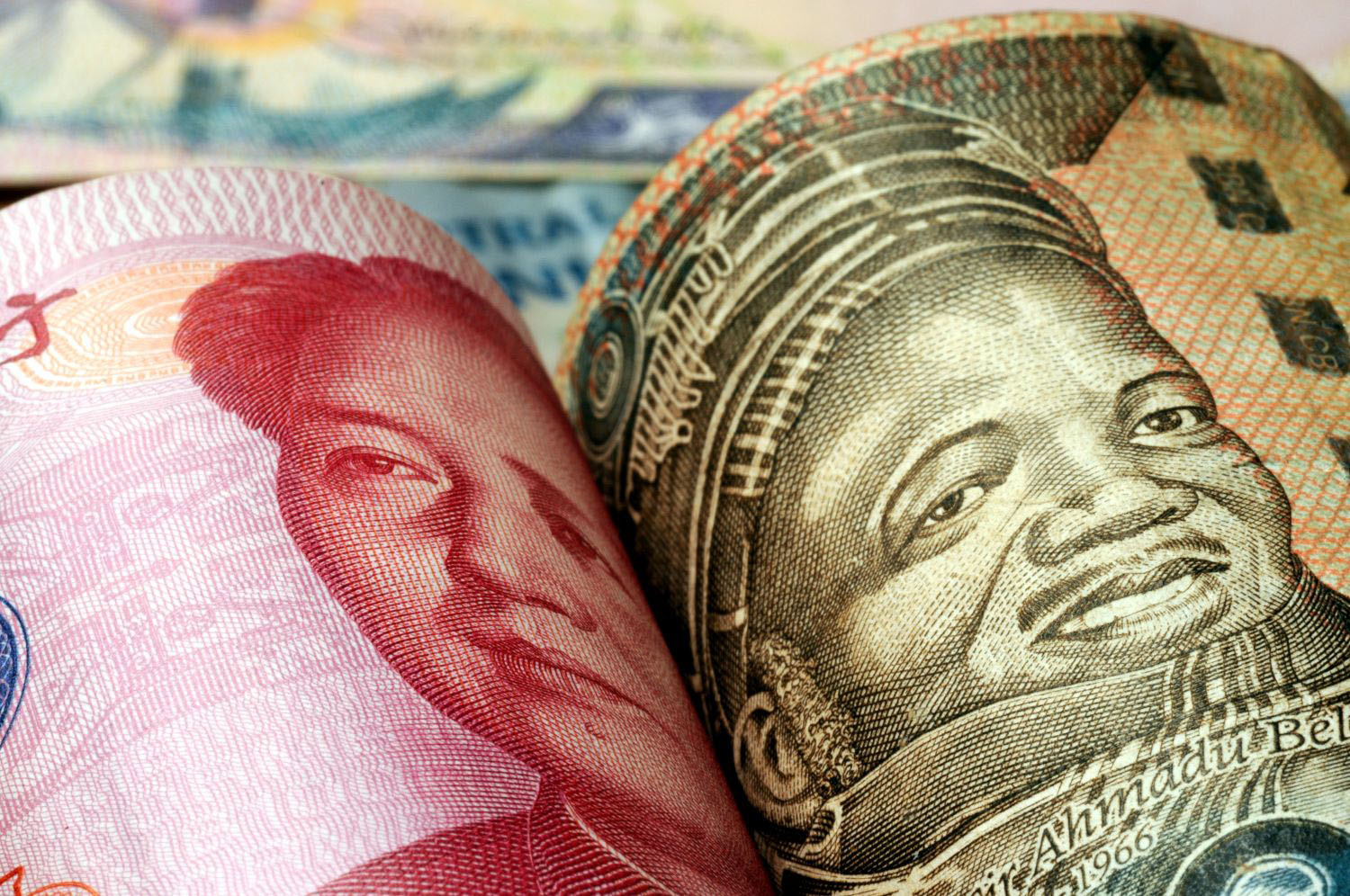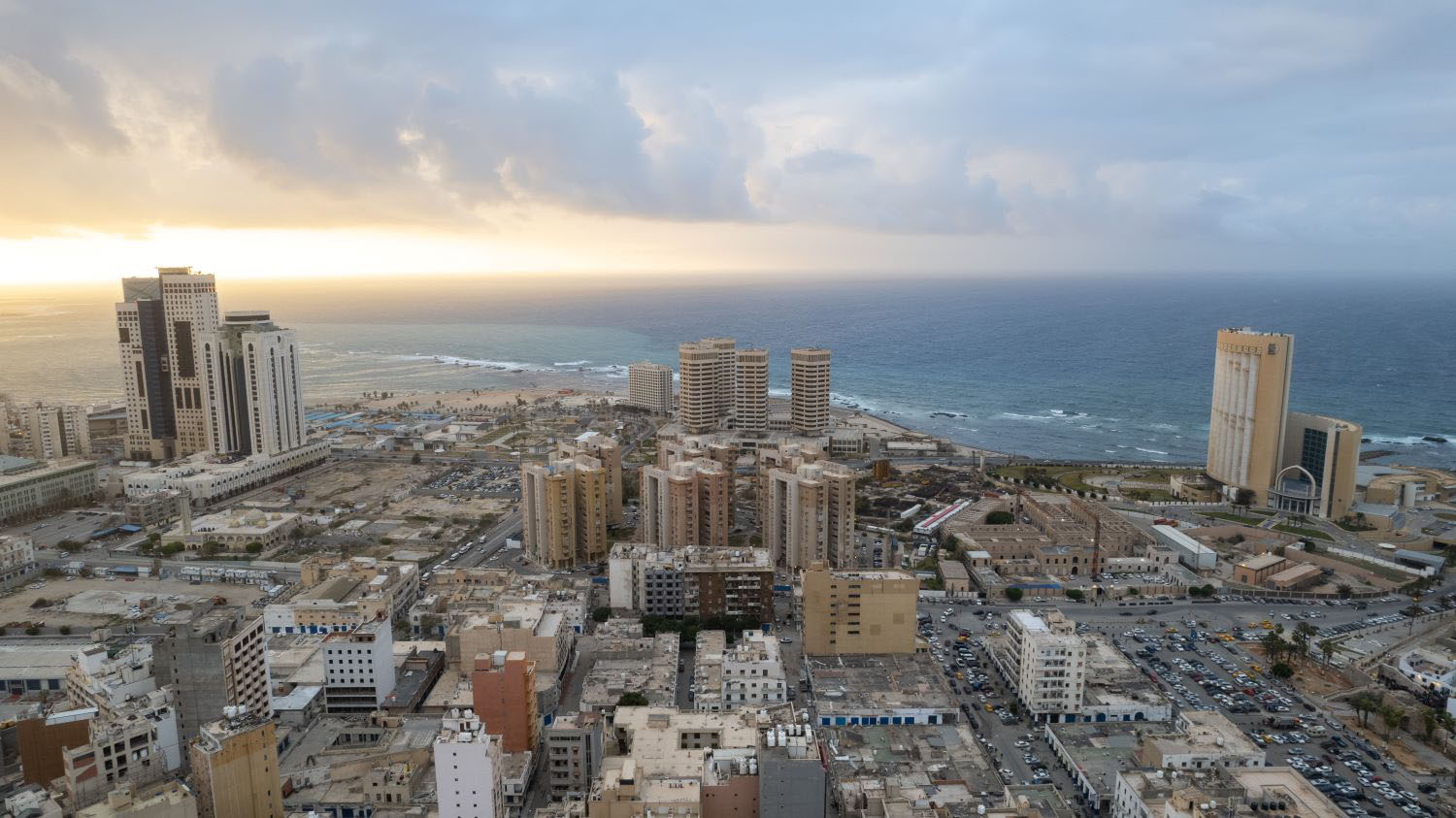Recommended
Imagine that a significant body of academic research in the United States was devoted to figuring out how much the federal government spent and where. This academic sleuthing might comb local newspapers in Peoria and Palm Beach for announcements about projects supported by the federal Department of Education or Federal Highway Administration. It might also rely on state governments, some of whom would be committed to transparent reporting of all funds they receive from the federal government. From these piecemeal sources, academics would stitch together something that seeks to be a comprehensive picture of the federal budget.
What’s wrong with this picture? In reality, it’s a pointless exercise because we know exactly how much the government spends and where. This information is reliably reported by the federal government itself on a consistent and predictable basis. That includes, by the way, how much money the US government spends and lends overseas. Which takes me to the point of this hypothetical.
This scenario pretty much describes major academic research initiatives focused on estimating the Chinese government’s overseas financing. Long-standing projects at William and Mary College’s AidData, Johns Hopkins University’s China Africa Research Initiative, and Boston University’s Global Development Policy Center, along with major research papers like Horn, Reinhart, and Trebesch—all have sought to identify a comprehensive set of numbers to characterize China’s global lending program, or lending to a particular region or sector. Not surprisingly, these academics sometimes take issue with each other over questions of methodology or outcomes.
What can we say for certain about this body of work? It’s almost certainly wrong. Which is to say, these are all second-best approximations of reality when good policymaking demands a first best: full and detailed reporting from the Chinese government itself.
We are so accustomed to the Chinese government’s lack of transparency that the opaqueness of China’s overseas loans seems unremarkable at this point. But longstanding calls for lending transparency from debt campaigners, think tank types like myself, and even other governments, however rote they have become, have a purpose. It’s not simply to give academic researchers better data for their work.
As we face what inevitably looks like a global debt crisis, one that is likely to hit low-income countries particularly hard, a clear accounting of the scale of the problem is critical. Just as the mantra for pandemic response is “testing, testing, testing,” any attempt to address a widescale debt crisis requires a firm grasp of the debt numbers. The good news, if you want to call it that, is that the IMF will have some ability to get there by virtue of the large number of debtor countries opening their books as part of IMF bailout programs.
But given the scale of the economic crisis unfolding from this global pandemic, swifter coordinated action will be needed on the part of creditors as a whole. Because of the tireless of efforts of academic researchers and their counterparts in institutions like the World Bank and IMF, we know with some confidence that China has become the world’s largest government creditor. But just how large and for which debtor countries remains unclear, perhaps even to Chinese government officials themselves, who have not had the need to publicly report their lending data comprehensively.
When creditor bodies like the Paris Club seek to coordinate debt restructuring or relief measures for distressed borrowers, their first step is to issue a “data call” in which all club members report their comprehensive lending numbers for the distressed debtor. China has very rarely participated in such calls, which has been an irritant to the other creditors but otherwise unremarkable in a world of ad hoc and limited debt problems.
We are no longer in that world. With a systemic debt crisis before us, the Chinese government’s willingness to report its data will be essential for any coordinated debt restructuring to go forward. In the absence of transparency from China, other government creditors (European governments, Japan, the United States, etc.) will balk at proceeding amongst themselves.
The past decade has been a favorable period for lending to developing countries, which has served China well with the rollout of the Belt and Road initiative and a rapid expansion of financing activities globally. But this massive scale up in lending always carried risks for the Chinese government. Perhaps no one would have predicted a systemic debt crisis triggered by a global pandemic. But a program of lending so seemingly indifferent to underlying borrower risks was bound to face a reckoning. China’s reckoning is now happening amidst the chaos of a global pandemic. A first step toward positive action on the debt crisis will be to offer a measure of clarity on lending data when so many other things will continue to be uncertain.
Disclaimer
CGD blog posts reflect the views of the authors, drawing on prior research and experience in their areas of expertise. CGD is a nonpartisan, independent organization and does not take institutional positions.






